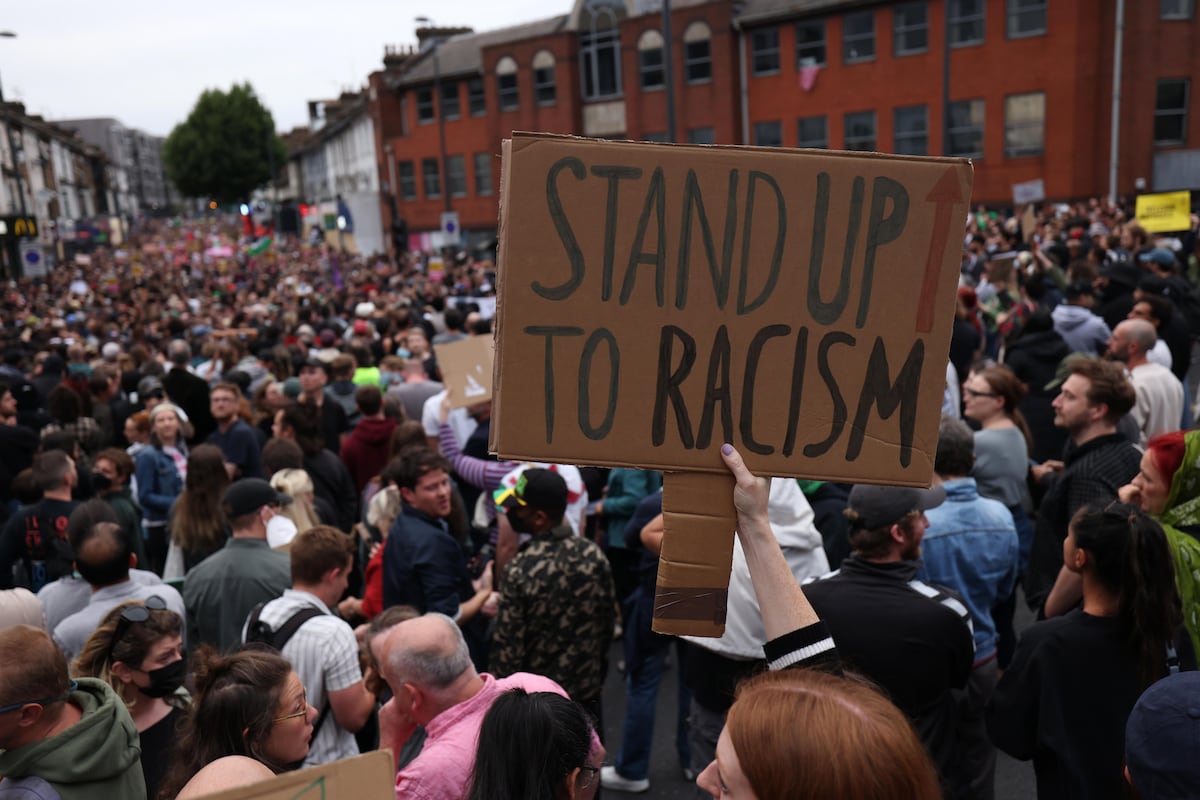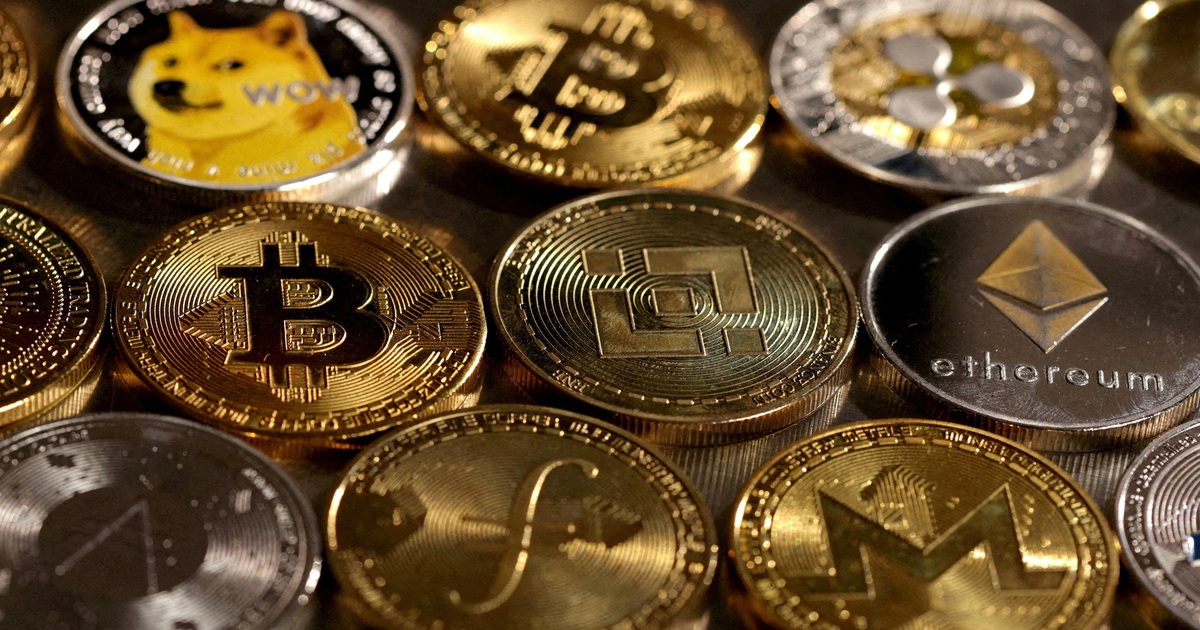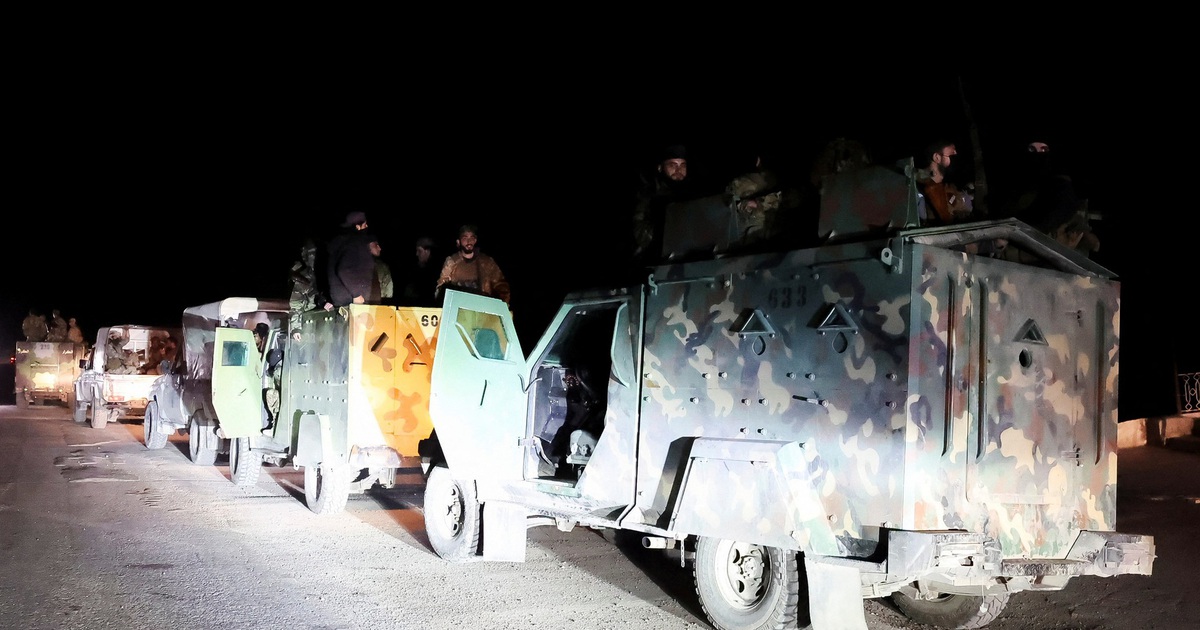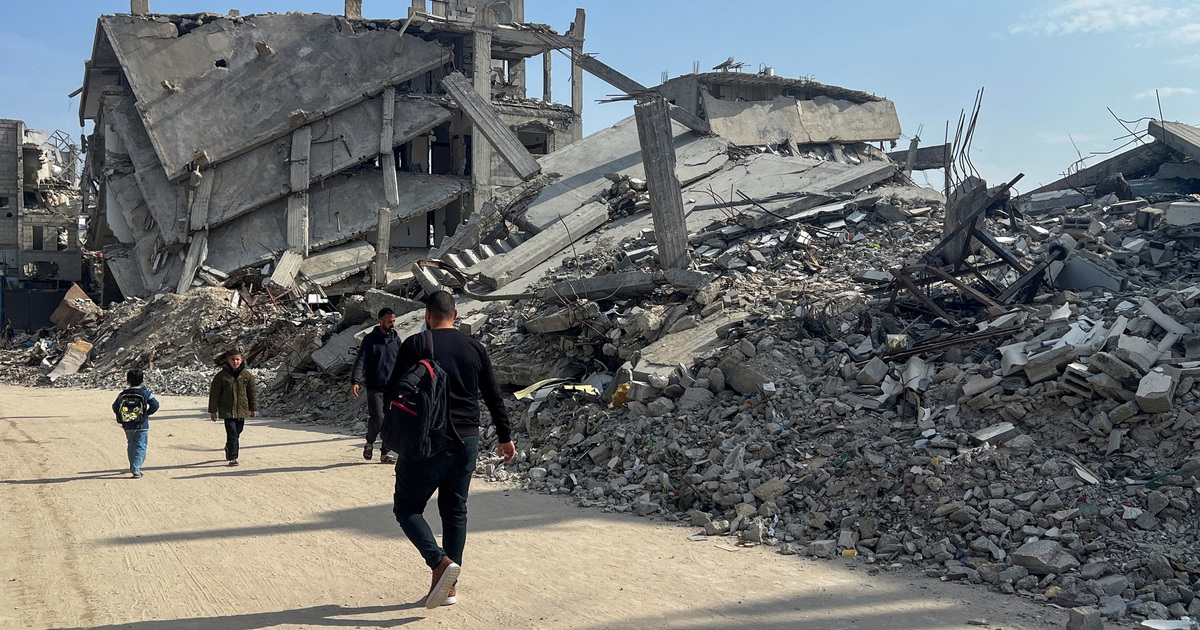The wave of people mobilised against racist marches and far-right violence in the United Kingdom has found a symbol of resistance in the London neighbourhood of Walthamstow, north-east of London. The neighbourhood, one of the most ethnically diverse areas in the country, became the central focus of protests on Wednesday night against the riots triggered by the multiple stabbings in Southport (north-west of England) in which three girls aged between six and nine died. In response to the hundreds of demonstrations encouraged by ultra-nationalist radicals in front of migrant support centres, Walthamstow gathered a shield of some 8,000 people and led the chain of counter-demonstrations organised in various parts of the country.
According to intelligence data, Wednesday was the day that security forces feared the most after the start of the riots, which have seen half a thousand arrests since 30 July. The alarm, however, did not materialise and the expected anti-immigration marches, which were fuelled by hoaxes about the tragic incident in Southport on the networks, ended up being transformed into a demonstration in defence of coexistence. According to the police present in Walthamstow, no radical demonstrators were detected and those who did appear at other events were widely outnumbered by those who came out to demand their solidarity and the rejection of hate speech.
“We are here to stop the fascists,” explained Sean, a Scotsman who is about to turn 60 and has been living in the neighbourhood for more than two decades. “Obviously, we have problems in this country. In these situations, the far right spreads like a cancer and tries to blame migrants, foreigners, Muslims… so we came out to tell the racists that they are not welcome.” The message of anti-racism was repeated on hundreds of banners, many of them handmade.
However, the commitment in Walthamstow is not the same across the country and the Labour government, which has been in power for just five weeks, remains on alert for the potential for new far-right protests. Intelligence agents have warnings of mobilisations this weekend, after a few days of relative calm, so the Prime Minister, Keir Starmer, called a new meeting of the Cobra Emergency Cabinet on Thursday, the fourth of the week, to monitor the situation.
As in most of the targeted locations, some businesses did not even open on Wednesday, following police advice. Many of those that dared closed their doors earlier than usual, including health centres. Some shops near the Immigration Office on the neighbourhood’s main thoroughfare of Hoe Street put up boards to protect their shop windows, mindful of the extensive damage caused by the previous days’ riots in places such as Liverpool and Manchester.
Two hours before the anti-immigration demonstrations were supposed to start on Wednesday afternoon, there were more police than pedestrians in the Walthamstow area, but as the clock approached 8pm (local time, one more in mainland Spain), residents had already taken to the streets and the only chants that could be heard were condemning racism and supporting refugees. “Whose streets are these?” chanted an activist with a megaphone. “They’re ours!” the crowd responded in unison, in an almost festive atmosphere in which sandwiches were even distributed, prepared by members of the community themselves and handed out on large aluminium trays by a group of volunteers.
Knowing what’s happening outside means understanding what’s going to happen inside, so don’t miss anything.
KEEP READING
Walthamstow – also known by its postcode, E17 (the inspiration for a 1990s pop band) – boasts multicultural credentials. According to the latest census, only 36% of its residents are white British, with the majority from other ethnic groups, and one in five identifying as Asian. Residents see this diversity as an advantage, and say the neighbourhood is home to a range of cultures that coexist in relative harmony. “We all live here in peace, we don’t see any reason for these protests,” said Yassine, a Muslim from Algeria in his 50s who has lived in Walthamstow for 40 years, 26 of which he has been running a hospitality business on Hoe Street. “I’ve never had a problem with anyone. There are Muslim, Christian and Jewish communities here. Everyone is the same, that’s the beauty of this country,” he explained between takes on TikTok, the platform through which he broadcasts what was happening on the streets.
Extensive history of activism
The neighbourhood has a long history of activism. A Labour stronghold – the party has dominated every general election since 1992 – it already stood up to the far right in 2012 by preventing an English Defence League (EDL) march led by its leader, the ultra-nationalist Tommy Robinson. [cuyo nombre real es Stephen Christopher Lennon]considered one of the instigators of the violence in the network these days. Julia, who is over 60 years old and was present at the mobilization on Wednesday, also mobilized on that occasion: “Tommy Robinson and his followers came before, and we blocked their way. Unfortunately, they are back here, so we have to keep going out on the streets to stop them again.”
Paula, a trade unionist and one of the promoters of Wednesday’s counter-demonstration, admitted that there are deep-rooted problems that need addressing: “A hard core of bad guys is trying to take advantage of the fact that there are many people desperate because of the cost of living or housing.” It is in this disaffection that, in the last 10 days, hate speech has taken hold, encouraged by the virus of disinformation, following false accusations that attributed the Southport crime to a fictitious Syrian citizen, despite official confirmation that it was a 17-year-old boy born in Wales to a family originally from Rwanda.
The priority now is to quell the wave of violence, which has been exacerbated on the internet. The government is confident that the police deployment, with 6,000 specialised public order officers, and the quick sentences already being handed down to those who started the riots, will act as a deterrent to violence. Downing Street believes that the recent days of relative calm are the result of the tough message, after some rioters have already received sentences of up to three years in prison.
At the same time, the Executive admits that there is a broader threat in the form of disinformation and the proliferation of extremist doctrines on the Internet. This week, it met with leaders of some of the technology platforms to urge them to remove toxic content, despite the fact that there is still no legal mechanism that requires them to do so. Its request was also taken up by the British communications regulator, Ofcom, which has written a letter to the Internet giants to demand that they assume their share of responsibility.
Follow all the international information at Facebook and Xor in our weekly newsletter.









